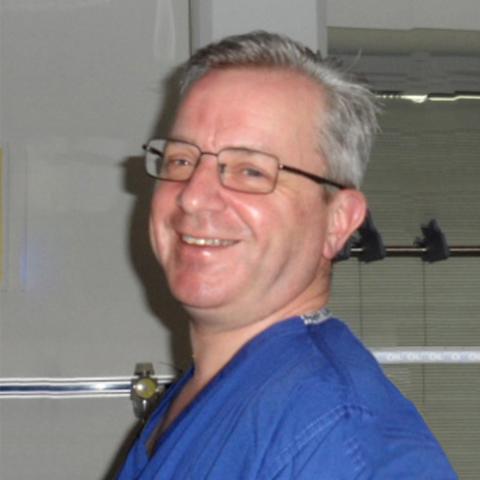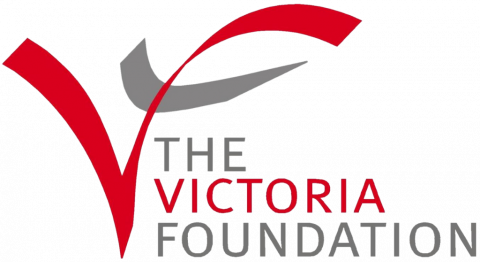What is a Hernia?
A hernia in the tummy (abdominal) wall is one of the commonest surgical conditions worldwide. It arises because the inside of the tummy is naturally at a higher pressure than the outside. Under this higher pressure an area of natural weakness in the tummy wall can weaken further over time. This allows the thin, inside lining of the tummy wall to push through the weakness and create a bulge that is visible on the outside – a hernia.
Most hernias appear slowly over months or years and only gradually become discernible. For others it appears suddenly because of some strenuous activity. The commonest symptom from a hernia is discomfort in the bulge or groin. Many patients have no symptoms at all except for the bulge. The bulge is usually more visible when standing, coughing, or straining and will disappear when lying flat.
As the weakness physically affects the structures of the tummy wall it is not reversible using exercise, tablets, or creams and most will require correction with an operation.
Small hernias such as those seen on a scan without a visible bulge and minimal symptoms may not require surgery. However, hernias that are visible, increasing in size or with symptoms of discomfort will require surgery to remove the bulge and repair the weakness. Patients with a small bulge but significant pain need to be assessed in case the pain is coming from something other than the hernia.
An unusual cause for hernia pain is when part of the bowel becomes trapped in the hernia bulge and starts to lose its blood supply. This condition is called strangulation. It usually occurs in larger and longer established hernias. Hernia strangulation requires emergency surgery. Although this condition is rare an elective hernia repair is usually offered to patients with a hernia to prevent this from occurring.
At New Victoria Hospital our nationally-acclaimed Hernia Surgeons offer the latest cutting-edge surgical investigations and treatment to deal with a range of hernia types and investigate hernia related pain.
This management is part of a multidisciplinary team that includes experienced nurses, specialist physiotherapists and our Hernia Consultants who make sure every patient who has a hernia or undergoes private hernia surgery at New Victoria Hospital enjoys the highest standards of care in a comfortable and friendly environment.
Consultants and Clinic Times

Ms Sala Abdalla
Specialities


Miss Serena Ceraldi
Specialities

Mr Francesco Di Maggio
Specialities


Prof Adam Frampton
Specialities

Mr Michael Jarrett
Specialities












